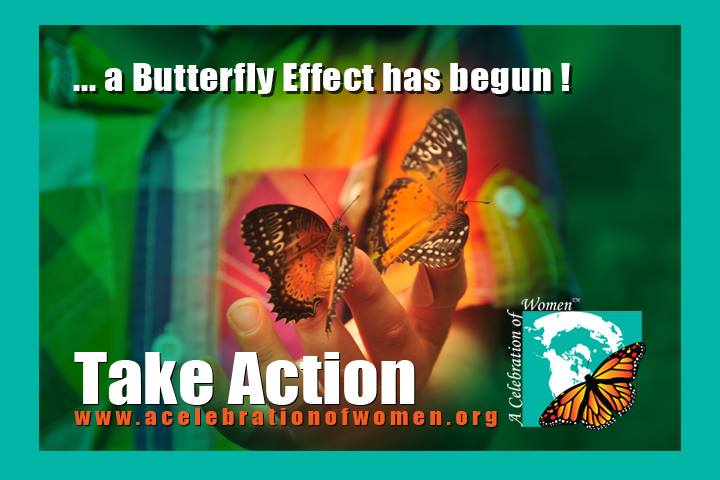Our planet is at a turning point. The massive global migration underway now from countryside to cities will demand huge investments in energy, water, materials, waste, food distribution, and transportation over the next 25 years. If the right investments are made now, this unique opportunity will be the catalyst for dramatic changes in the built environment and the fight against carbon emissions and climate change.
Earth Day is an annual event, celebrated on April 22, on which events are held worldwide to demonstrate support for environmental protection. It was first celebrated in 1970, and is now coordinated globally by the Earth Day Network, and celebrated in more than 192 countries each year.
In 1969 at a UNESCO Conference in San Francisco, peace activist John McConnell proposed a day to honor the Earth and the concept of peace, to first be celebrated on March 21, 1970, the first day of spring in the northern hemisphere. This day of nature’s equipoise was later sanctioned in a Proclamation written by McConnell and signed by Secretary General U Thant at the United Nations. A month later a separate Earth Day was founded by United States Senator Gaylord Nelson as an environmental teach-in first held on April 22, 1970. Nelson was later awarded the Presidential Medal of Freedom Award in recognition of his work. While this April 22 Earth Day was focused on the United States, an organization launched by Denis Hayes, who was the original national coordinator in 1970, took it international in 1990 and organized events in 141 nations. Numerous communities celebrate Earth Week, an entire week of activities focused on environmental issues.
Earth Day Network launched the Green Cities campaign in the fall of 2013 to help cities around the world become more sustainable and reduce their carbon footprint. Focused on three key elements – buildings, energy, and transportation – the campaign aims to help cities accelerate their transition to a cleaner, healthier, and more economically viable future through improvements in efficiency, investments in renewable technology, and regulation reform.
Today, more than half of the world’s population lives in cities. As the urban population grows and the effects of climate change worsen, our cities have to evolve.
It’s time for us to invest in efficiency and renewable energy, rebuild our cities and towns, and begin to solve the climate crisis. Over the next two years, with a focus on Earth Day 2014, the Green Cities campaign will mobilize a global movement to accelerate this transition. Join us in calling for a new era of green cities.
Energy
Most of the world currently relies on outdated electric generation structures that are extremely inefficient and dirty. To help cities become more sustainable, we need to redesign the current system, transition to renewable energy sources, and implement 21st century solutions.
Green Buildings
Buildings account for nearly one third of all global greenhouse gas emissions. Through simple efficiency and design improvements to buildings we can reduce those emissions drastically. To realize that vision, cities need to update ordinances, switch to performance based building codes, and improve financing options.
Transportation
Transportation is the fastest growing source of greenhouse gas emissions worldwide, three quarters of which comes directly from road vehicles. To reduce these emissions and the resulting smog, we need to improve standards, increase public transportation options, invest in alternative transportation, and improve city walkability and bikeability.
Through an informative website and a series of in-depth toolkits, the campaign will educate the public about each element of green cities and spur individuals to take civic action by signing petitions, sending letters, and organizing events.
In addition, Earth Day Network will work with partners on the ground in strategically placed cities and towns to organize grassroots efforts to improve local codes, ordinances, and policies that will help cities become model green cities.
Spanning Earth Day 2014 and 2015, the campaign will work with an international team of partners, including local organizers, non-profits, businesses, and governments to help increase public awareness, mobilize support for appropriate policies, and generate concrete commitments for innovative and replicable initiatives.
To find out how you can get involved in the Green Cities campaign, send us an email: [email protected].
Significance of April 22
Nelson chose the date in order to maximize participation on college campuses for what he conceived as an “environmental teach-in”. He determined the week of April 19–25 was the best bet as it did not fall during exams or spring breaks. Moreover, it did not conflict with religious holidays such as Easter or Passover, and was late enough in spring to have decent weather. More students were likely to be in class, and there would be less competition with other mid-week events—so he chose Wednesday, April 22. The day also fell after the anniversary of the birth of noted conservationist John Muir.
Unbeknownst to Nelson, April 22, 1970, was coincidentally the 100th anniversary of the birth of Vladimir Lenin, when translated to the Gregorian calendar (which the Soviets adopted in 1918). Time reported that some suspected the date was not a coincidence, but a clue that the event was “a Communist trick”, and quoted a member of the Daughters of the American Revolution as saying, “subversive elements plan to make American children live in an environment that is good for them.”
J. Edgar Hoover, director of the U.S. Federal Bureau of Investigation, may have found the Lenin connection intriguing; it was alleged the FBI conducted surveillance at the 1970 demonstrations. The idea that the date was chosen to celebrate Lenin’s centenary still persists in some quarters, an idea borne out by the similarity with the subbotnik instituted by Lenin in 1920 as days on which people would have to do community service, which typically consisted in removing rubbish from public property and collecting recyclable material. Subbotniks were also imposed on other countries within the compass of Soviet power, including Eastern Europe, and at the height of its power the Soviet Union established a nation-wide subbotnik to be celebrated on Lenin’s birthday, April 22, which had been proclaimed a national holiday celebrating communism by Nikita Khrushchev in 1955.
First Earth Day “Took Off Like Gangbusters”
The environment’s low profile frustrated U.S. Senator Gaylord Nelson of Wisconsin, whose campaigns to protect it during the 1960s had fallen flat.
In 1969 Nelson hit on the idea of an environmental protest modeled after anti-Vietnam War teach-ins.
“It took off like gangbusters. Telegrams, letters, and telephone inquiries poured in from all across the country,” Nelson recounted in an essay shortly before he died in July 2005 at 89. “The American people finally had a forum to express its concern about what was happening to the land, rivers, lakes, and air—and they did so with spectacular exuberance.” (Related: “Earth Day Pictures: 20 Stunning Shots of Earth From Space.”)
Nelson recruited activist Denis Hayes to organize the April 22, 1970, teach-in, which today is sometimes credited with launching the modern environmental movement.
By the end of 1970, the U.S. Environmental Protection Agency had been established, and efforts to improve air and water quality were gaining political traction.
“It was truly amazing what happened,” Kathleen Rogers, president of the Washington, D.C.-based Earth Day Network, told National Geographic News in 2009. “Blocks just tumbled.”
More than a billion people around the world will celebrate Earth Day on April 22, 2014—the 44th anniversary of the annual day of action.
Earth Day began in 1970, when 20 million people across the United States—that’s one in ten—rallied for increased protection of the environment.
April 22, EARTH DAY – celebrated globally!
April 21, 2014 by










